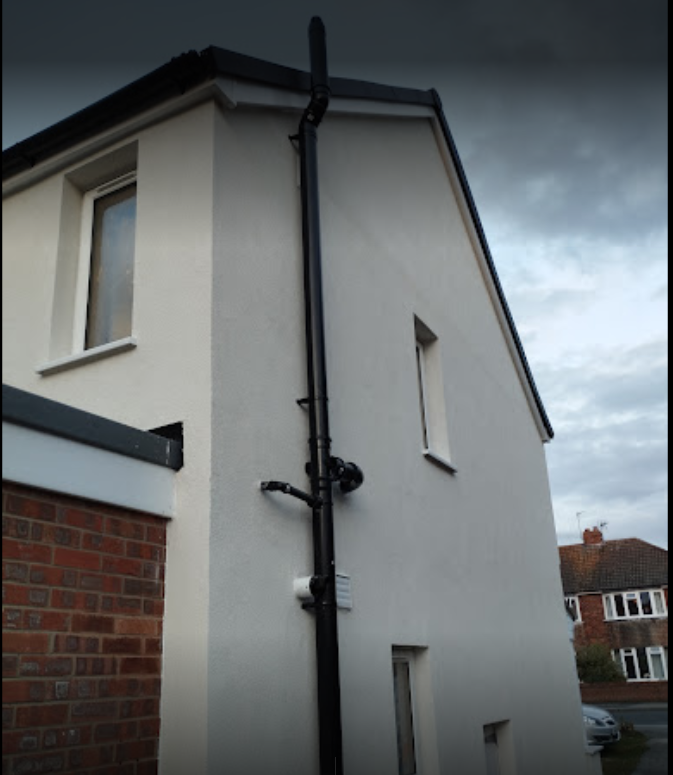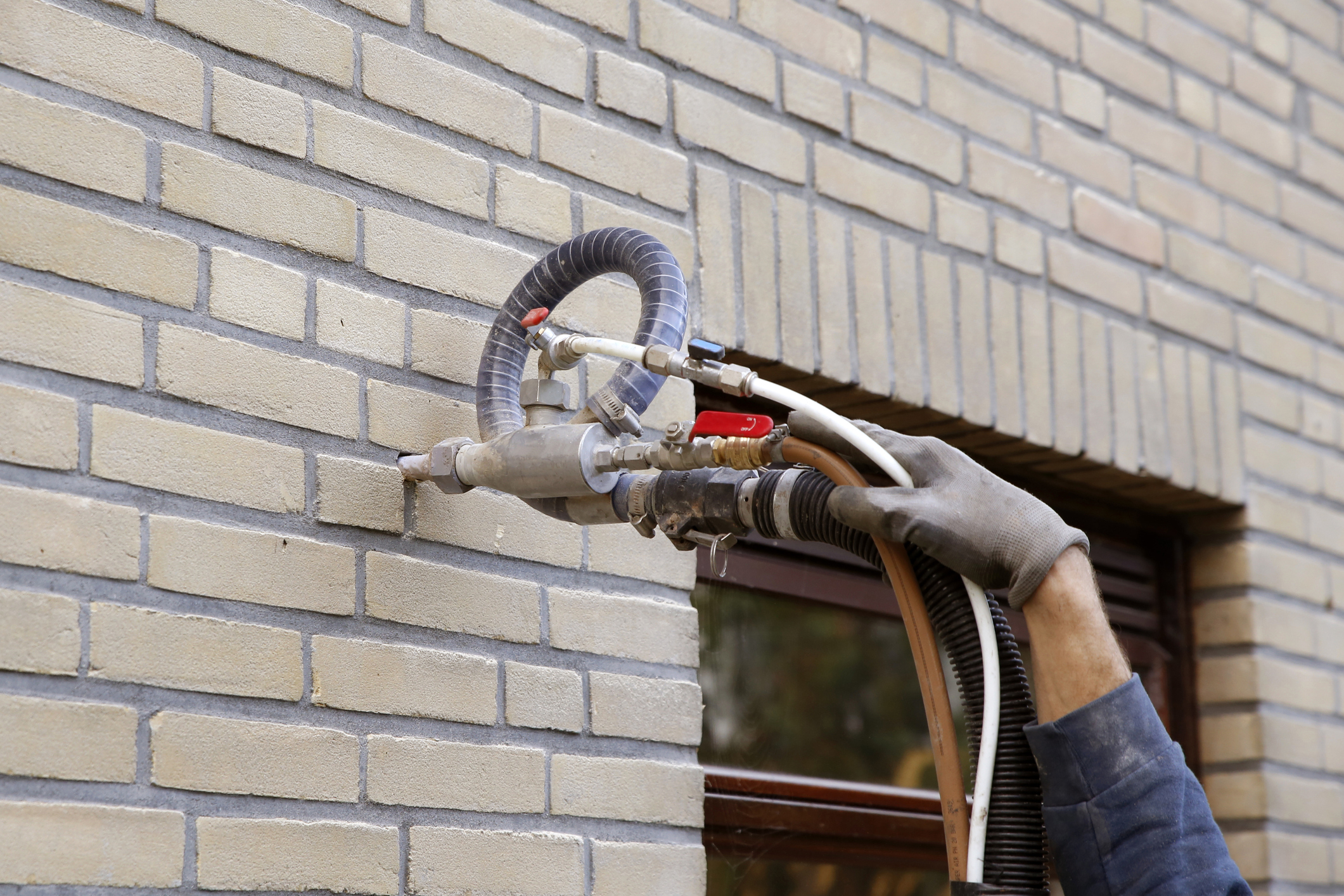External wall insulation is a home improvement technique that enhances energy efficiency and comfort. Here's how it works:
Insulating Layer: A layer of insulating material is applied to the external walls of your home. This material acts as a thermal barrier to prevent heat from escaping in cold weather and from entering in hot weather.
Protective Finish: Over the insulation, a protective finish is added, which can be in the form of render (plaster), cladding, or other exterior treatments. This finish not only enhances the appearance of your home but also shields the insulation from weather and wear.
Energy Savings: The insulation minimizes heat loss, keeping your home warmer in winter and cooler in summer. As a result, you reduce the energy needed for heating and cooling.
Comfort and Savings: By enhancing your home's thermal performance, external wall insulation can make your living spaces more comfortable and lead to significant energy cost savings.
External wall insulation is an effective way to upgrade your home's energy efficiency while giving it a fresh, attractive look.

Cavity wall insulation is a home improvement technique designed to make your home more energy-efficient. Here's how it works:
Cavity Space Filling: Most homes have a gap or cavity between the inner and outer walls. Cavity wall insulation involves injecting an insulating material, such as foam or mineral wool, into this space.
Thermal Barrier: Once the insulating material is in place, it creates a thermal barrier that helps to prevent heat from escaping during the cold months and keeps your home cooler in the summer.
Energy Savings: By reducing heat loss, cavity wall insulation can lead to energy savings, making your home more comfortable and cost-effective to heat.
Quick and Non-disruptive: The installation process is relatively quick and non-disruptive, with minimal impact on the appearance of your home.
Cavity wall insulation is a practical and effective way to enhance your home's energy efficiency, increase comfort, and reduce heating and cooling costs.

Request A Quote